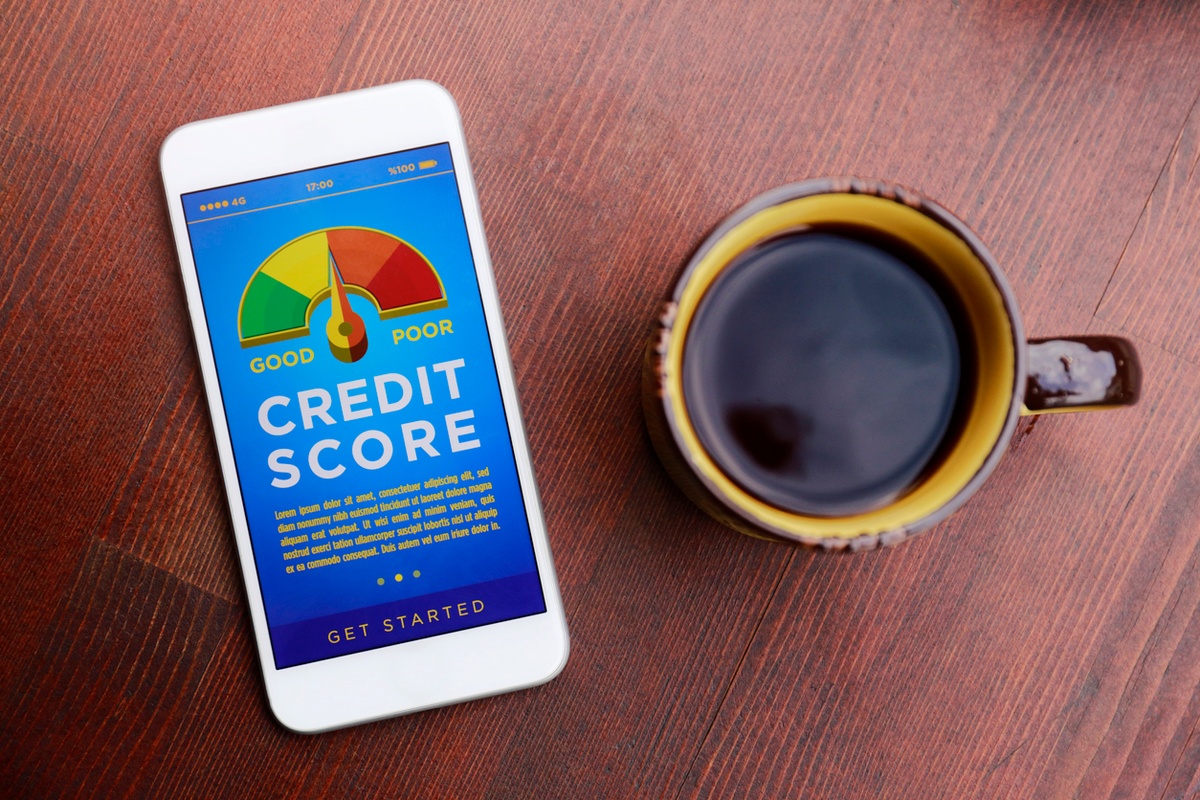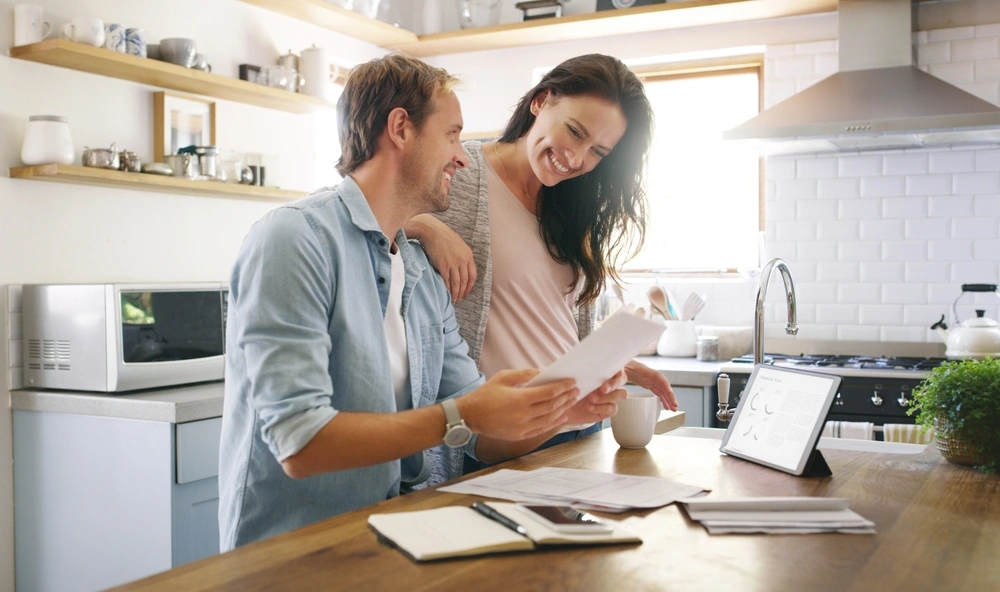Thinking about becoming a landlord? Buy-to-let mortgages let you purchase property to rent out but work differently from regular home loans. This guide covers how they work, what they cost, and whether property investment could be right for you.
How do buy-to-let mortgages work?
Buy-to-let mortgages are special loans for buying property to rent out rather than live in yourself.
When you apply for any mortgage, lenders run checks to ensure you can repay the loan. With buy-to-let mortgages, these checks are more substantial than for regular mortgages, and the loans typically cost more.
Key differences from standard mortgages:
- Rental income focus: Lenders look at how much rent you expect to get from the property. Most want this to be at least 125-145% of your monthly mortgage payment.
- Larger deposit required: You'll need to put down at least 25% of the property's value, compared to as little as 5-10% for a standard mortgage.
- Different affordability assessment: Instead of focusing mainly on your salary, lenders evaluate the potential rental income alongside your overall financial situation.
- More thorough checks: They'll review your credit history, any existing mortgages, and sometimes your experience as a landlord.
- Additional stamp duty: If you're buying a second property (which most buy-to-lets are), you'll usually have to pay an extra 3% stamp duty surcharge on top of standard rates.
Once approved, you'll need special landlord insurance and must follow UK regulations for rental properties, including safety checks and tenant protection.
🏠The application process is straightforward:
- Speak to a mortgage broker or lender about buy-to-let options
- Get an agreement in principle showing how much you could borrow
- Find a suitable property
- Complete a full mortgage application
- The lender values the property and checks potential rental income
- If approved, you can complete the purchase and find tenants
Are buy-to-let mortgages more expensive?
Yes, buy-to-let mortgages typically cost more than standard residential mortgages. Here's why:
Risky business
If you buy a property with the intention of renting it out, quite simply, lenders see you as more of a risk as a borrower.
Lenders see landlords as higher risk borrowers for several reasons:
- They have no control over who you let the property to and can't check if your tenants will pay rent on time
- Your ability to pay the mortgage often depends on rental income, which isn't guaranteed
- Properties might sit empty between tenants, meaning no income to cover mortgage payments
With most buy-to-let lenders relying on the income from the let to cover the mortgage, if the tenant has a problem paying their rent, it could potentially have a knock-on effect for you making the monthly mortgage repayments. For this reason, lenders see you as the risk.
Higher costs
In the world of borrowing, the higher risk you present is reflected in the interest rate you're offered and the amount you can expect to borrow.
What makes buy-to-let more expensive:
- Interest rates: Usually 1-3% higher, e.g. approx. 7% vs 5% for residential in April 2025
- Arrangement fees: £1,500-£2,000 (compared to £500-£1,000 for standard mortgages)
- Deposits: Minimum 25% of property value (sometimes higher for new landlords)
The amount can vary, but it's normally anywhere between around 1% and 3% more expensive. As well as paying higher rates, you should also expect to pay higher arrangement fees to get the mortgage set up too. And you'll need a hefty deposit – normally 25% - so you'll have to have a spare stack of cash to invest first.
Despite these higher costs, being a landlord can still make financial sense if the rental income provides enough of a buffer to cover these expenses and leaves room for profit.
How many buy-to-let mortgages can I have?
There's no legal limit on how many buy-to-let mortgages you can have, but most lenders cap the number they'll give to one person (typically 3-10).
Practical limitations:
- Lenders set maximum total lending amounts across your properties
- Each new mortgage makes passing affordability checks harder
- You'll face "stress tests" to ensure you can handle interest rate rises
As your portfolio grows, you might need to use different lenders and show stronger evidence of rental profits. For larger portfolios, creating a limited company for your properties can improve tax efficiency.
Many successful landlords start with one property and gradually build their portfolio as they gain experience. Specialist lenders often work with experienced landlords who manage multiple properties.
Are buy-to-let mortgages interest only?
Buy-to-let mortgages can be either interest-only or repayment, but interest-only is more common. Here's how they differ:
Interest-only mortgages:
- You only pay the interest each month, not the capital
- Monthly payments are lower
- At the end of the mortgage term, you still owe the full amount borrowed and don’t own the property
- You'll need a plan to repay the capital (usually by selling the property)
Repayment mortgages:
- You pay both interest and capital each month
- Monthly payments are higher
- By the end of the term, you'll own the property outright
- More suitable if you plan to keep the property long-term
Why interest-only is popular for buy-to-let
About 60-70% of buy-to-let mortgages are interest-only because:
- Lower monthly payments mean better cash flow
- It's easier to make a monthly profit from the rent
- Many landlords plan to sell eventually rather than pay off the mortgage
Your choice depends on your long-term plans for the property and your investment strategy.
Is it really a good way of making money then?
Lenders would normally suggest charging rent at 125% of the monthly mortgage repayment, which allows you to make a 25% profit. So when you do the quick short-term maths, yes it could make you money.
But you must consider that as a landlord, you'll need to factor in maintenance and anything that could go wrong with the house.
A further risk is something going wrong with the tenant, or the property being unoccupied for periods between tenants – could you still afford the mortgage?
Potential benefits and challenges
Buy-to-let offers potential monthly income, long-term property value growth, and retirement security. However, maintenance costs, empty periods, recent tax changes, and management responsibilities can reduce profitability.
This investment works best for property developers, income-boosters, retirement planners, and investors spreading out their assets.
Successful landlords:
✅Research thoroughly before buying
✅ Choose areas with strong rental demand
✅ Budget for all costs beyond the mortgage
✅ Stay updated on regulations
Weigh it up
Although the interest rate, arrangement fees and deposit are all higher with buy-to-let mortgages, being a landlord can still be a good way of boosting your income.
But you need to do your research. There are plenty of products available so you should make sure that you choose the best one for you.
Do your homework before jumping in. Compare products from different lenders, speak to a mortgage broker with buy-to-let experience, and make sure you understand all the costs involved.
With proper planning and realistic expectations, buy-to-let can be a valuable part of your investment strategy.
![Email icon]()
Become a money maestro!
Sign up for tips on how to improve your credit score, offers and deals to help you save money, exclusive competitions and exciting products!









